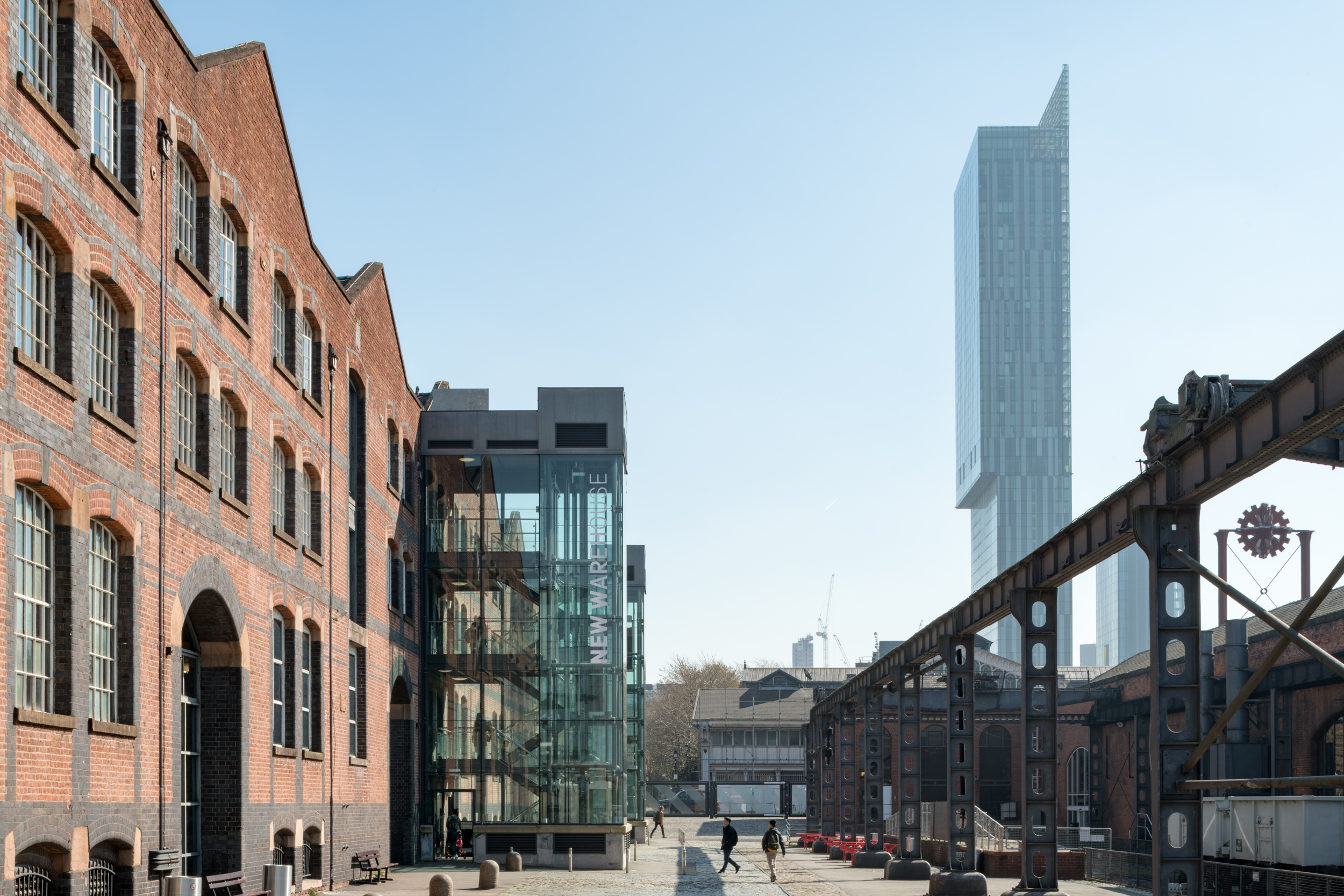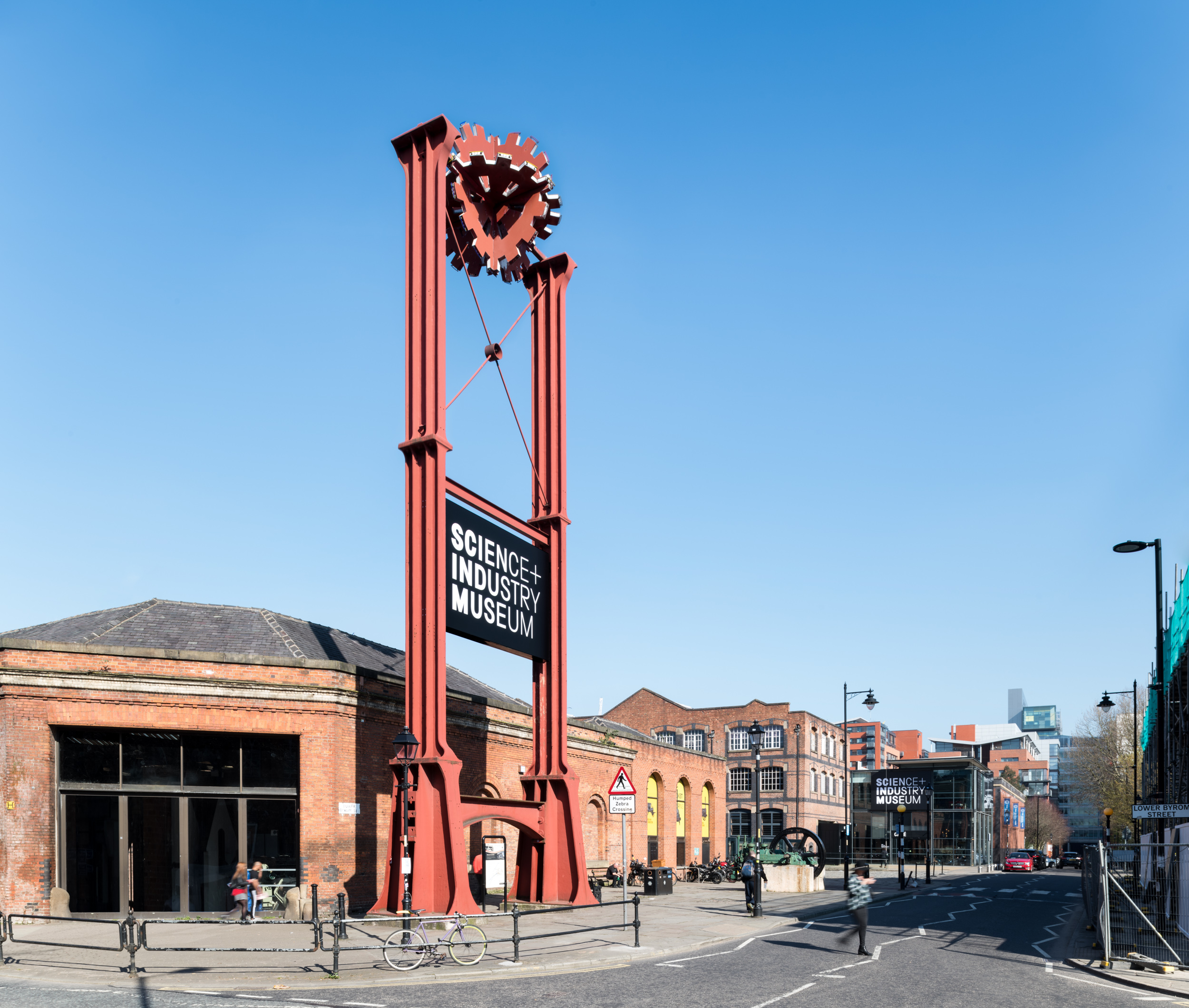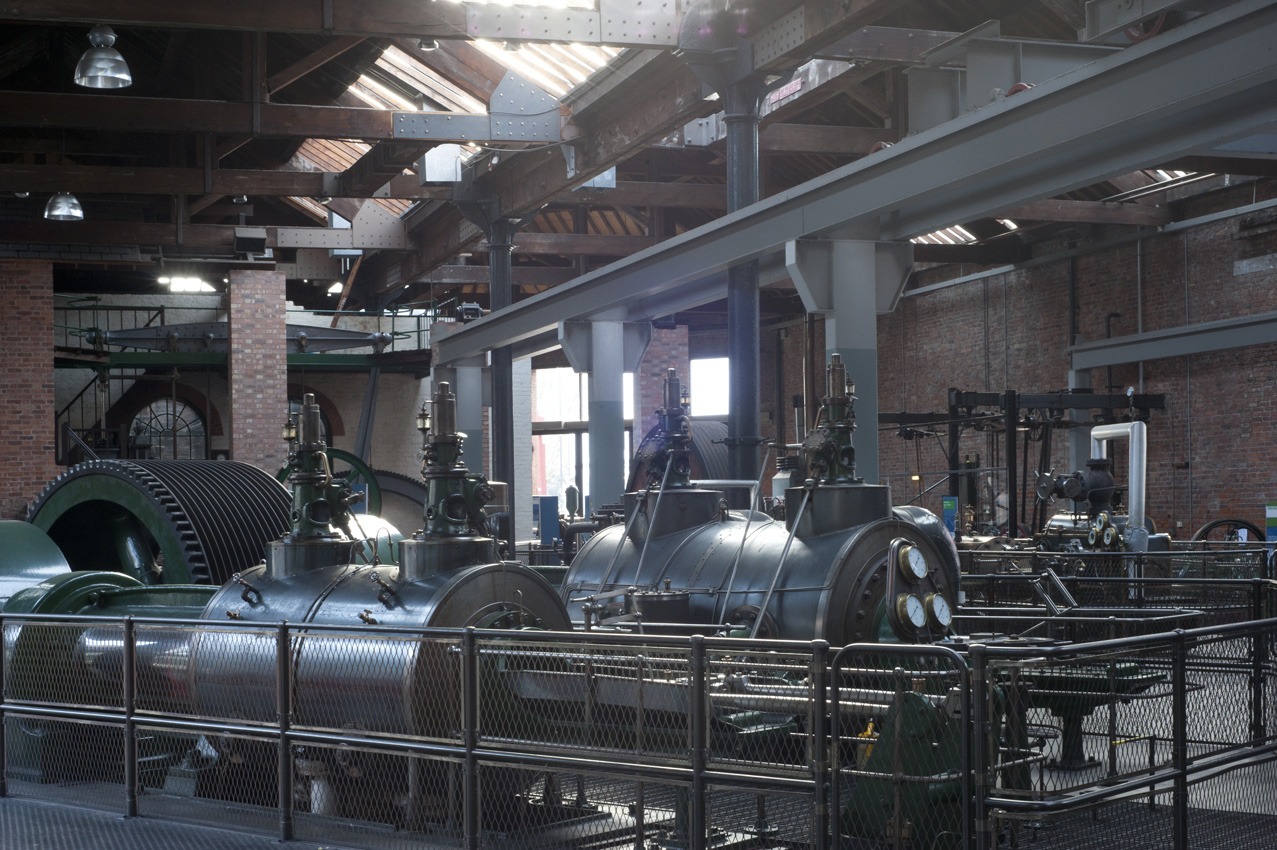
Science and Industry Museum
Science Museum Group (SMG) has announced its target to achieve Net Zero by 2033 and been awarded £4.3m by the Government’s Public Sector Decarbonisation Scheme to transform the museum’s environmental sustainability.
A leader in raising climate awareness through its public programme, SMG has cut carbon emissions by 69% since 2011, became the first national museum to install solar panels in 2005 and announced commitments to biodiversity in 2019.

Science and Industry Museum
Now, the group has announced an ambitious target for the group to achieve Net Zero by 2033.
“As we emerge from the coronavirus pandemic, climate change is the greatest challenge facing humanity. As well as engaging our audiences with this grave threat, we need to do more to lessen our own environmental impact, which is why we’re today committing to achieving net zero by 2033. This extraordinary year has shown the relevance of science to all our lives so, as we look towards reopening our museums in mid May, we can’t wait to inspire our audiences once again with the ideas and innovations that continue to shape our world, and find solutions for a better future.” – Sir Ian Blatchford
Building on their Sustainability Policy and innovating every year, SMG has signed the Science-based Target Initiative which splits emissions into three scops that must be dealt with.
Scope 1 and 2 cover emissions from buildings and operations while scope 3 comes from the goods and services they buy.

Science and Industry Museum
Purchasing electricity from renewable sources and hosting one of the UK’s biggest solar farms at the National Collections Centre in Wiltshire have enabled the reduction since 2011.
They will also support biodiversity to all sites including improving natural habitats for bats and birds and beehives on the roof of the Science Museum.
Recycling will also be heightened particularly after exhibitions to reduce the number of single-use materials needed and how to upcycle or recycle within the Group and local communities.
The group are also putting to use a well, built in the Warehouse in 1830. The Power Hall will be injected with £2.6m to undergo further restoration.
…………………………
Science and Industry Museum Liverpool Road, Manchester, M3 4FP

